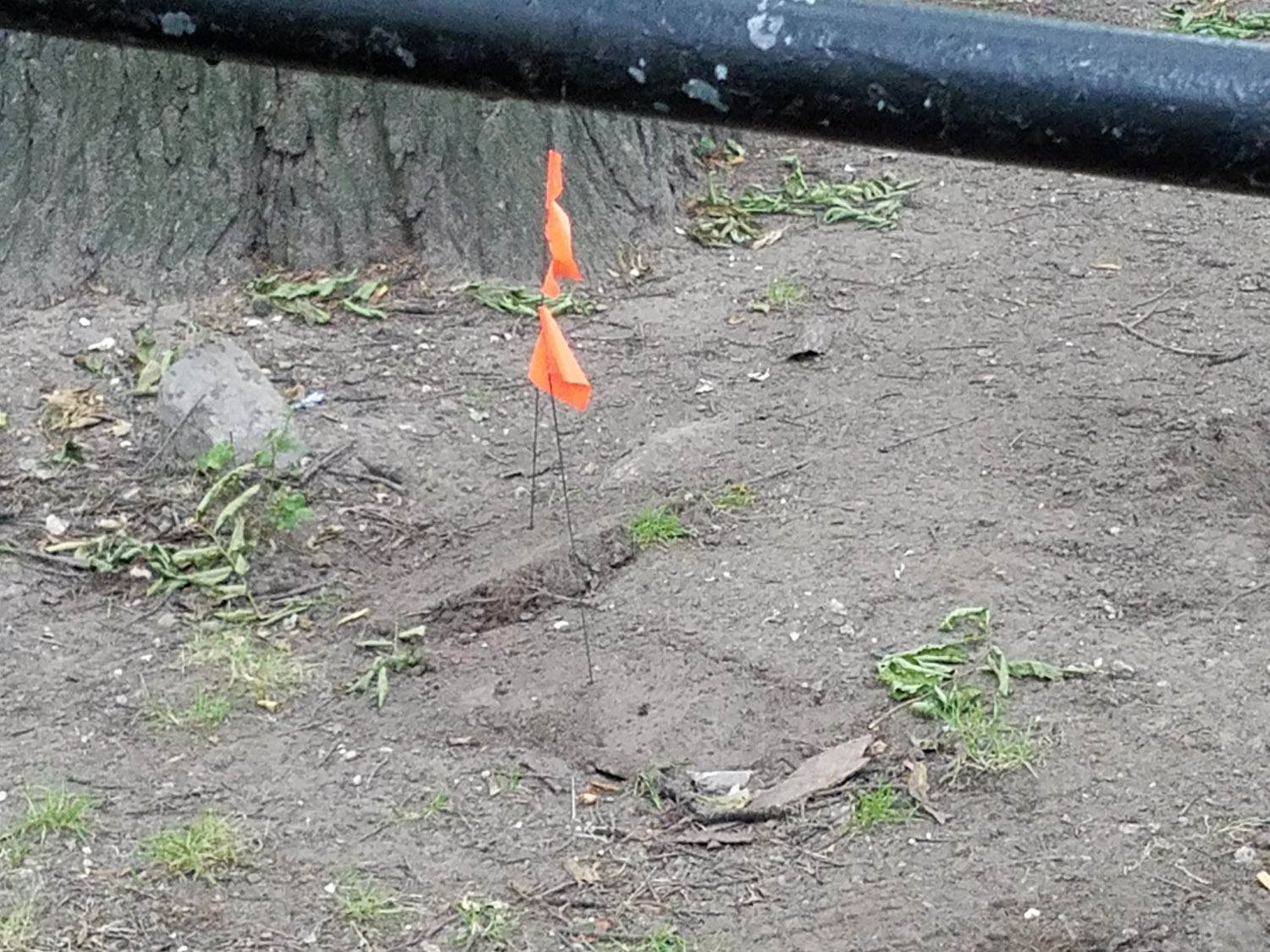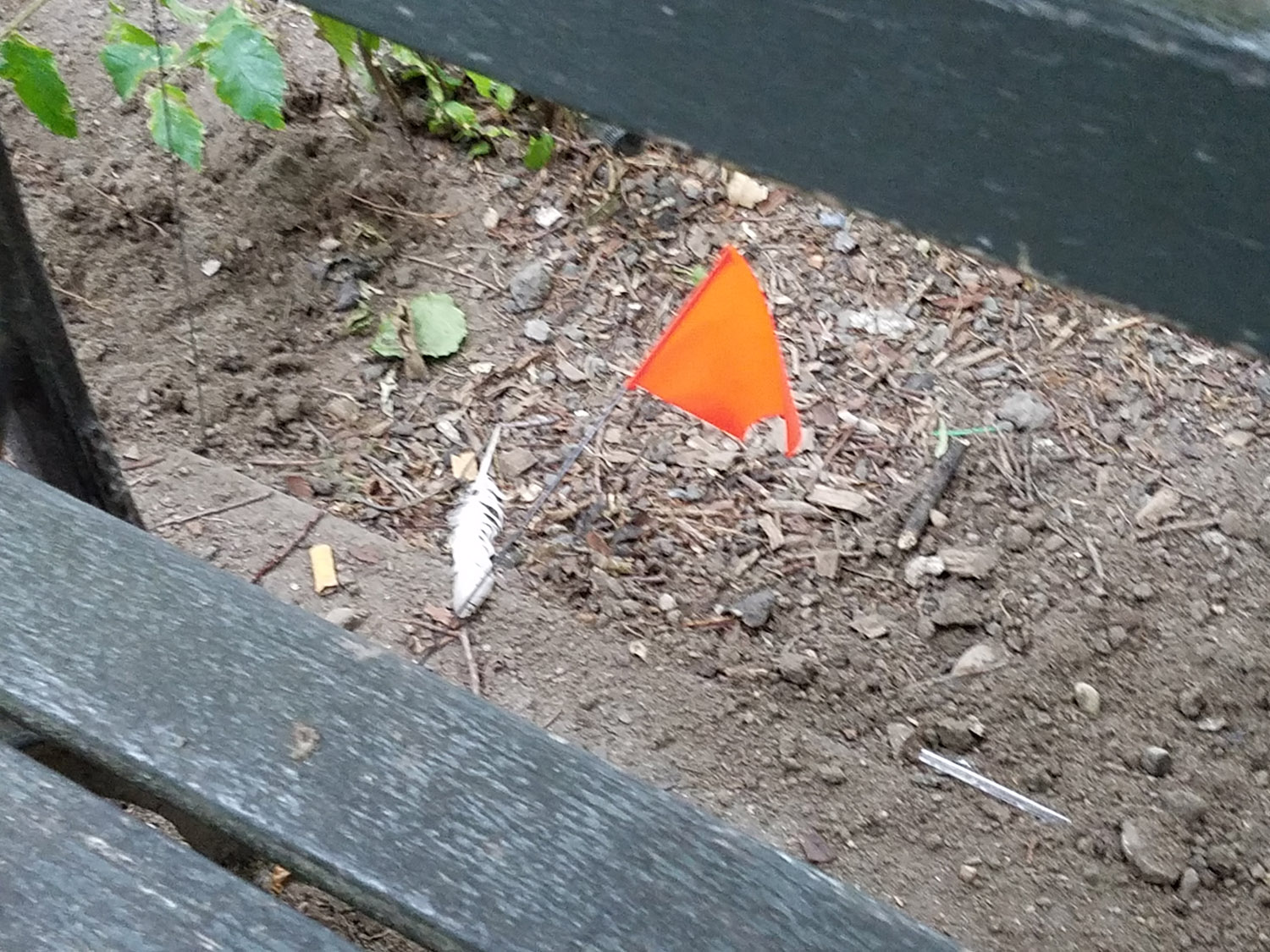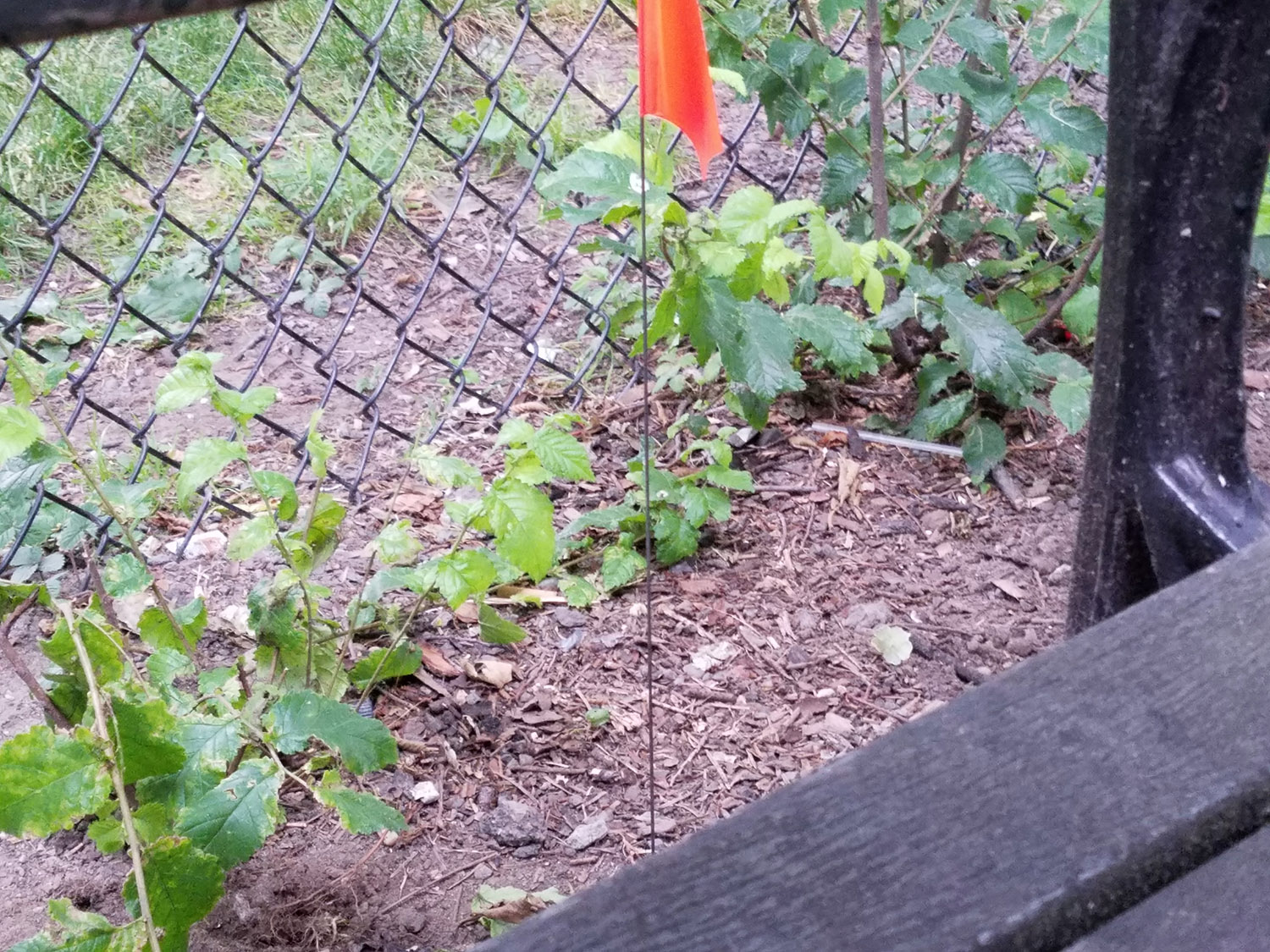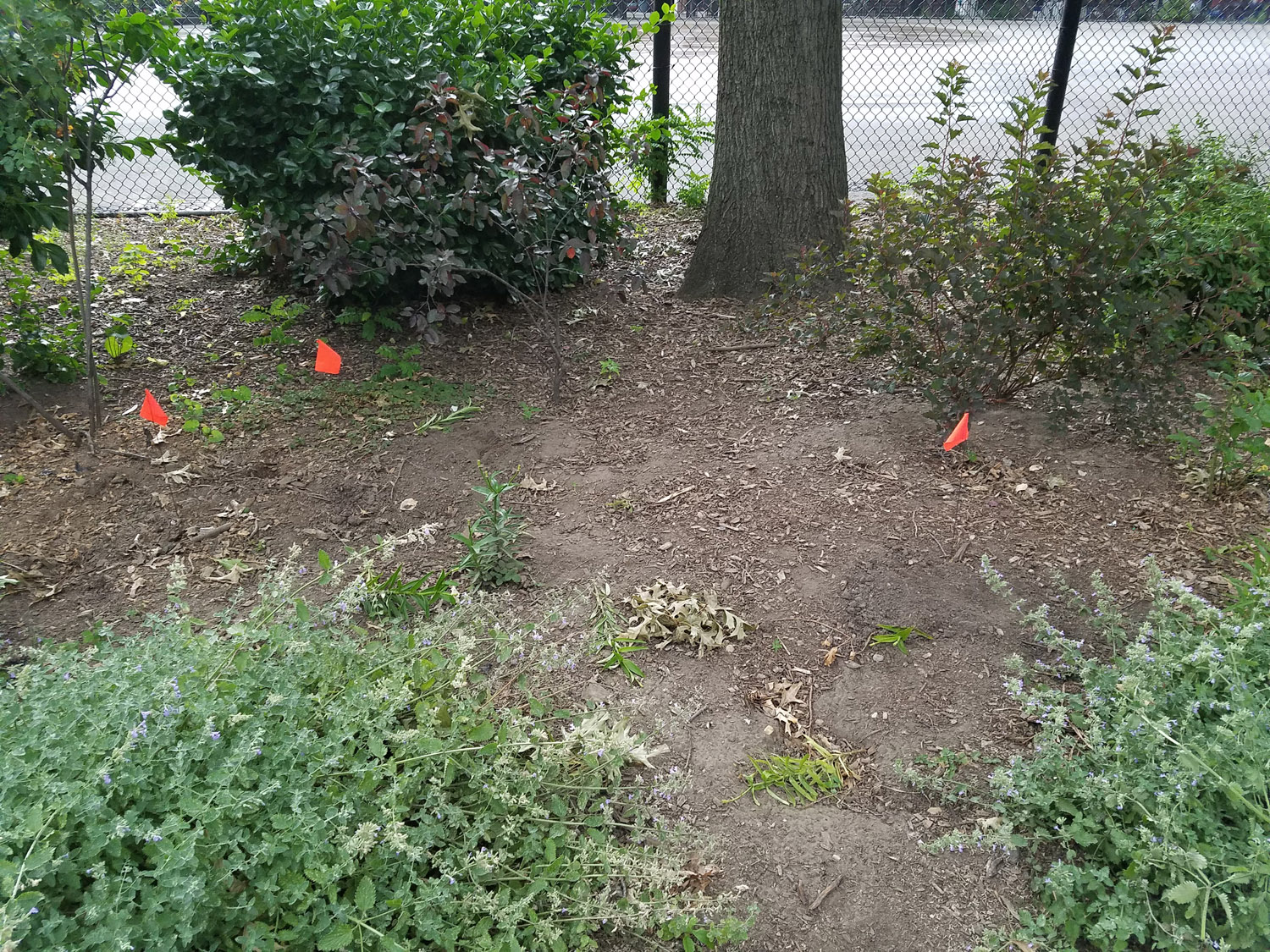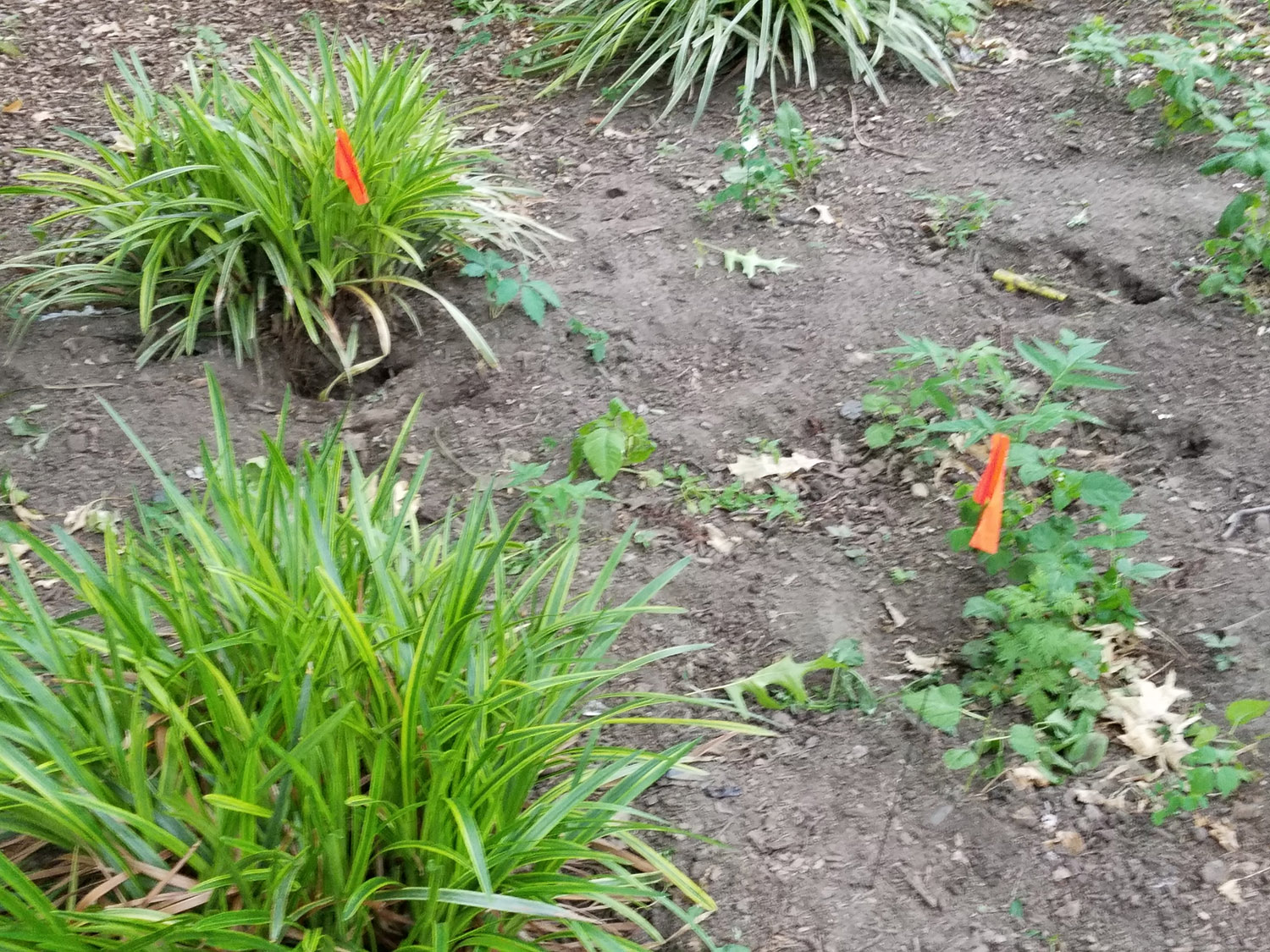Following up on my posting of July 5, The Rat Patrol in Tompkins Square Park, there has been some recent publicity about the use of dry ice in the city parks to control the rats.
A Tompkins Square Park "baby" hanging out on a fence, July 27, 2016.
A story on July 25 by The New York Daily News, New York City Hopes to Solve Rat Problem With Dry Ice, quotes the wonderful Laura Goggin, who does such brilliant work chronicling the Tompkins Square Park red-tailed hawks on her blog. The article notes that the city is experimenting with dry ice in the parks.
City Health Dept. Hopes Dry Ice Can Eliminate Its Rodent Problem, on the NY1.com Web site on July 27, notes that the dry ice has reduced the rats in Columbus Park in Chinatown. I was interviewed for the video, but was cut out (no problem!), but you can see a little snippet of me in my pink top and Yankees cap. The interview with Sharron Crocker made it into the report, and she cogently adds the hawk-chaser perspective.
As I noted in my blog posting, rat poison is a less-than-effective way of controlling rodents, but is so terribly lethal to our red-tailed hawks, pets and other wildlife. I commend the New York City Department of Health for trying a different solution, and the New York City Parks Department for trying to keep poison out of the parks. According to the NY1 report, the dry ice seems to be working.
When I was in Tompkins Square Park on July 26, Christo (the male red-tailed hawk parent) caught and ate a rat. I'll be posting video soon, but here's a still photo. This is what scares us so much — that the hawks will eat a poisoned rat and we will lose these magnificent birds.
Christo eating a rat in Tompkins Square Park, July 26, 2016.
Tompkins Square Park, July 27, 2016.
Tompkins Square Park, July 27, 2016.
I'll be posting more Tompkins Square Park videos soon. In the meantime, here's Part V of the July With the Tompkins Square Hawks series. It covers the afternoon I spent there on July 14. It's long (of course), but just skip around and enjoy these awesome animals.








